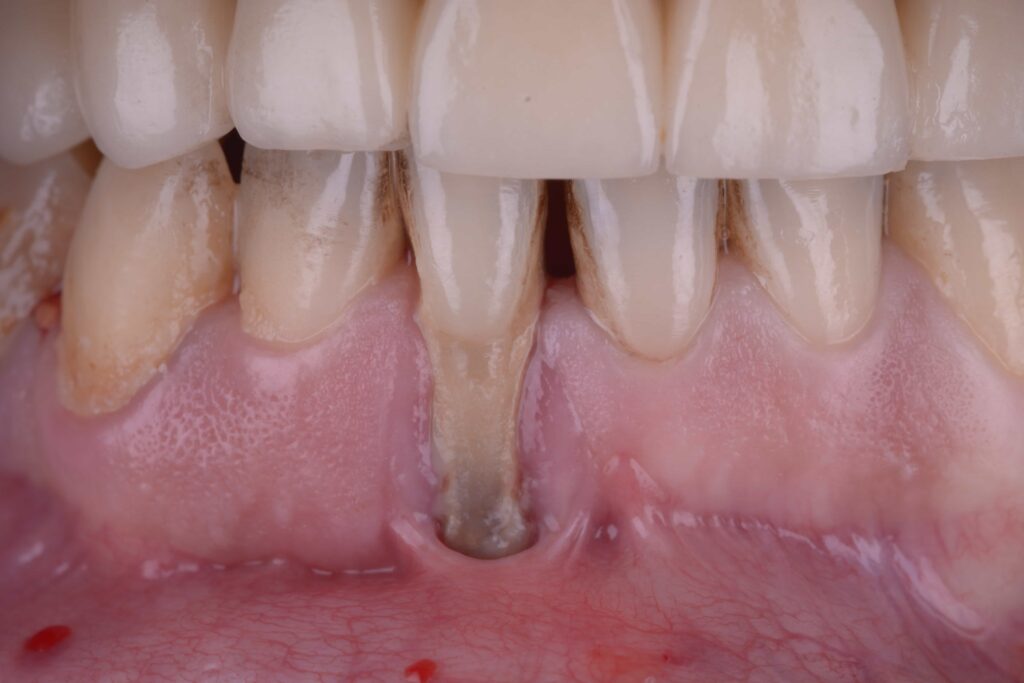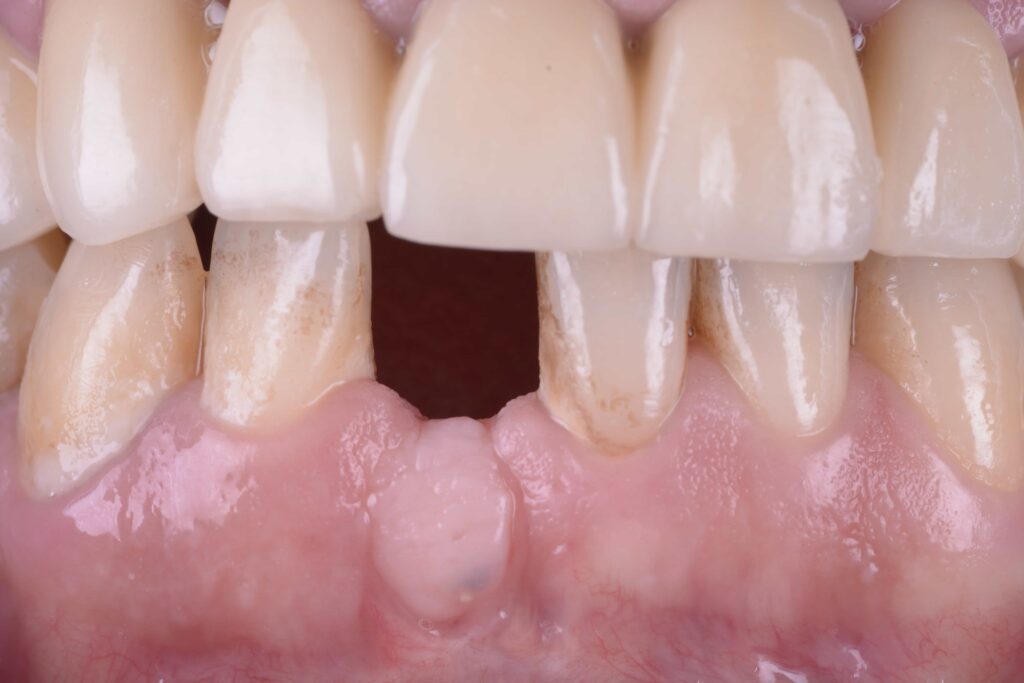19.09.2022
Tooth extraction is one of the most frequently performed procedures in dental medicine. The fact that tooth extraction causes significant changes in the dimensions of the alveolar ridge is well documented and can have a negative effect on the placement of dental implants, or in the case of making classic prosthetic replacements, the loss of volume of soft and hard tissues after tooth extraction, has significant aesthetic and functional consequences.
Although the resorption of bone and soft tissues after tooth extraction is a long-term process, statistically the greatest loss occurs in the first month after extraction, and it has been found that it results in a loss of the horizontal dimension of the alveolar bone of 29 to 63 percent, while the loss of the vertical dimension is 11 to 22 percent in the first six months after tooth extraction. All these dimensional changes have consequences such as a change in the morphology of the alveolar ridge, atrophy and complete loss of the bone of the alveolar ridge, which makes prosthetic or implant-prosthetic rehabilitation difficult for the patient.
Alveolar ridge preservation is a procedure used to minimize bone resorption after tooth extraction for future prosthetic treatment or dental implant placement. Preservation of the bone mass of the alveolar ridge can be achieved with various surgical procedures, and in the Rident dental polyclinics we try to use the patient’s own tissue whenever possible, considering that it represents the gold standard when it comes to choosing materials in oral surgery.
The case example shows how with the help of a special technique that we use in Rident dental polyclinics, we can extract a tooth in one act, and augment the patient’s soft and hard tissue, without using artificial materials. The operation is completely painless because it is performed under local anesthesia, and the additional advantage is that it requires only one visit, which avoids additional surgical procedures that are often necessary to repair this type of defect if it is made using various artificial materials.

